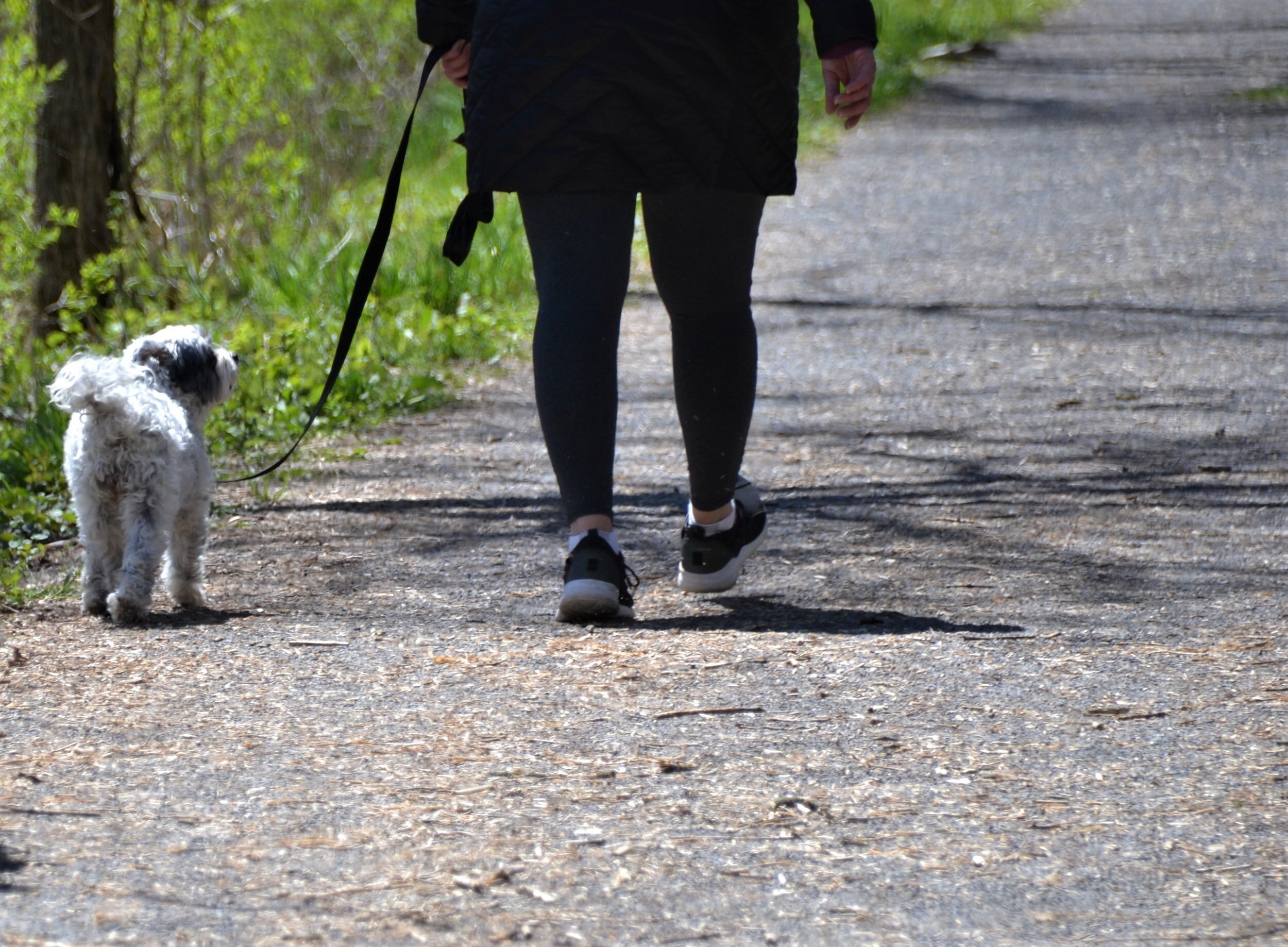Do I really need to get 10,000 steps per day?
By now, we have all heard the recommendation to get 10,00 steps every day. If you have an activity tracker, that is also generally the default setting for the daily goal. Have you ever stopped to think where that recommendation came from, or how necessary it is to hit that goal? Interestingly enough, it is not clear where this recommendation came from and there is not currently research to support this as a magic number to reach. Despite this, it has become the default goal around the world for daily activity level.
This information leads to the natural question, what should my goal number of daily steps be? The answer to that question is going to be different for everyone and their own situation. If you are looking for goals to help overall health and fitness, your daily step count may still be an option so you can track progress over time.
According to a recent study , older individuals who walk for at least 4,400 steps daily are better off than those people who walk less than 2,700 steps daily. The gains continue to increase until a threshold of 7,500 daily steps have been reached, with no additional health benefits noted above this point. This study was focused on older individuals so is not likely applicable to younger and middle-aged people, but it does shed some light that 10,00 daily steps may not be required.
If 10,000 steps seem daunting, you can still improve your health by increasing your activity, and tracking steps can still help you reach your health goals. Track the average steps over the course of one week, and use that as a baseline to increase from there. Over the course of 12 weeks, you can set a goal to increase average daily steps by a small amount each week. Over time, this will add more and more steps over time.
Some easy ways to increase your daily step count include:
· Parking further from the door
· Taking the stairs
· Walking a slightly longer route to your destination
· Taking two trips to carry objects to destination instead of one
Other ways to monitor activity levels are to track active minutes and intensity. The World Health Organization recommends at least 150-300 min of moderate intensity activity, or 75-150 min of vigorous intensity each week. One study demonstrated that men were able to lose weight and demonstrate improved cardiovascular health over the course of a 12-month study without decreasing time spent sitting or increasing the overall activity time or number of steps per day. One way this is possible, is to increase the intensity of the activity you are already doing. They were shown to walk faster and be more deliberate about the activity throughout their typical day.
Overall, we know we need to increase our general activity duration and intensity along with a healthy diet to improve overall health and risk for disease, although 10,000 steps may not be necessary for everyone as has been advertised.


